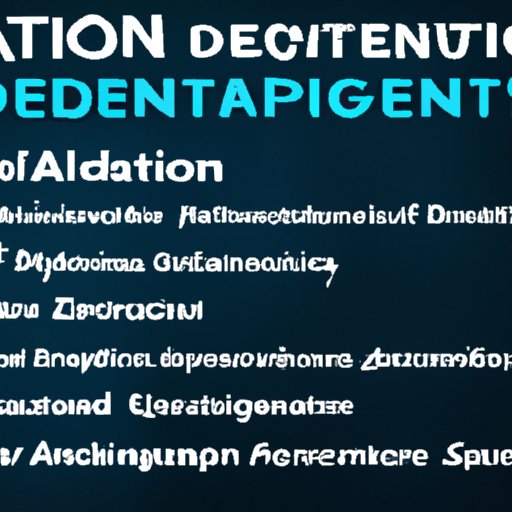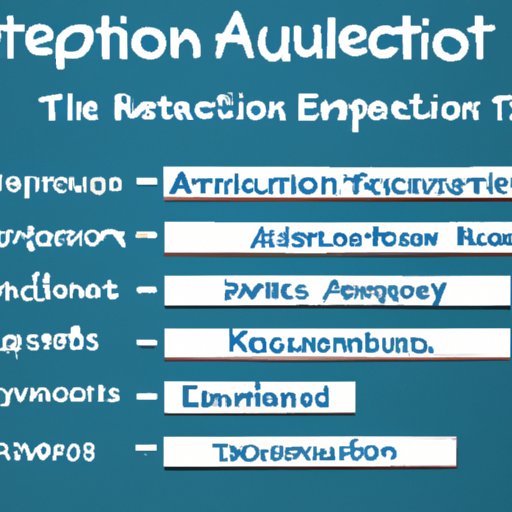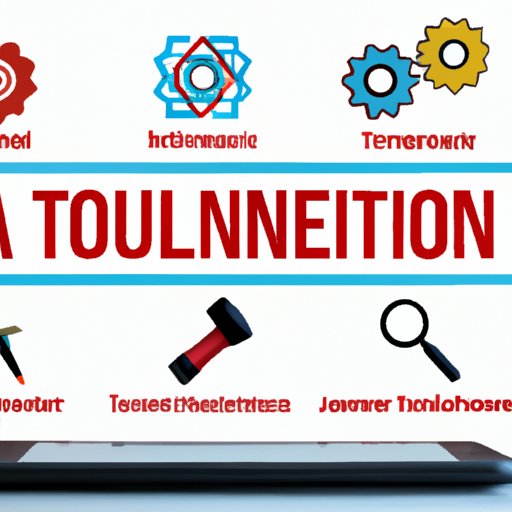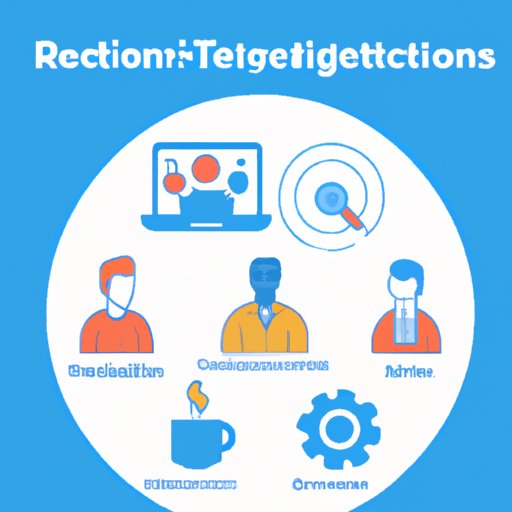
Defining Talent Acquisition: An Overview
Talent acquisition is the process of finding and hiring qualified professionals for an organization. It involves a variety of activities, such as developing job descriptions, sourcing candidates, screening applicants, scheduling interviews, and negotiating salaries. As organizations become increasingly competitive in their search for top talent, the role of talent acquisition has become increasingly important.
What is Talent Acquisition?
Talent acquisition is the process of identifying, attracting, assessing, and onboarding employees who are a good fit for an organization. It is a core component of human resources management and includes activities such as job analysis, recruiting, interviewing, background checks, salary negotiations, and onboarding. Talent acquisition focuses on finding the right people to fill roles that will contribute to the success of the company.
The goal of talent acquisition is to find qualified individuals who are the best fit for the organization’s culture and goals. This requires a combination of strategic planning and proactive recruitment efforts. Additionally, talent acquisition should be part of a larger HR strategy that focuses on retaining and developing current employees, as well as building relationships with potential future employees.

Key Components of Talent Acquisition
The key components of talent acquisition include:
- Job Analysis and Description: A thorough understanding of the job requirements and the skills and experience needed to successfully fulfill the role.
- Sourcing and Recruiting: Identifying potential candidates through various methods and actively engaging them in the recruitment process.
- Screening and Assessing: Evaluating candidates based on their qualifications and suitability for the position.
- Onboarding: Introducing new hires to the organization and helping them become acclimated to their role.
The talent acquisition process can also include other activities, such as providing career development opportunities and offering competitive compensation packages. The goal is to create a positive experience for both the employer and the employee.
What Does a Talent Acquisition Professional Do?
A talent acquisition professional is responsible for overseeing the talent acquisition process. They lead the recruitment, selection, and onboarding of employees within an organization. They may also be involved in other areas of HR, such as employee relations, performance management, and training and development.
Talent acquisition professionals are responsible for ensuring that the organization is able to attract and retain high-quality talent. They work closely with hiring managers to understand their needs and develop effective recruitment strategies. They also create job postings, source candidates, and manage the interview process. Additionally, they may be involved in the negotiation of salaries and benefits.
Talent acquisition professionals must have strong interpersonal and communication skills. They should also have a deep understanding of the organization’s culture and goals, as well as the industry in which it operates. Additionally, they should be familiar with the latest trends in talent acquisition and have experience using various recruitment technologies.
The Benefits of Talent Acquisition
Talent acquisition is essential for any organization looking to stay competitive. There are many benefits associated with the process, including:
Improved Employee Retention
An effective talent acquisition process can help organizations hire employees who are better suited to the role and the organization’s culture. This can lead to increased employee satisfaction and improved retention rates. According to a study by Deloitte, “Organizations with effective talent acquisition reported a 20% increase in employee retention.”
Increased Productivity
Hiring the right people can have a positive impact on employee productivity. Employees who are well-suited to the role and organization are more likely to be engaged and motivated, resulting in higher levels of productivity. According to a study by the Harvard Business Review, “Companies with effective talent acquisition practices had 28% higher employee productivity.”
Cost Savings
Effective talent acquisition can also lead to cost savings. Organizations can reduce the time and money spent on recruitment and onboarding by ensuring that they hire the right people the first time. Additionally, reducing turnover can save organizations money in the long run. A study by the American Management Association found that “organizations with effective talent acquisition processes experienced a 50% reduction in recruiting costs.”
Strategies for Effective Talent Acquisition
Organizations can employ a variety of strategies to ensure that their talent acquisition process is effective. These strategies include:
Developing a Comprehensive Hiring Plan
Having a clear plan for the recruitment process is essential for successful talent acquisition. Organizations should consider their budget, timeline, and required skills when creating a hiring plan. Additionally, they should identify key stakeholders and establish a communication plan to ensure that everyone is on the same page.
Utilizing Technology for Recruiting
Technology can be used to streamline the recruitment process and improve efficiency. Organizations can use applicant tracking systems to manage job postings, track applicants, and automate the screening process. Additionally, they can leverage social media to reach a wider audience and target specific candidate profiles.
Leveraging Social Media for Recruiting
Social media is an effective tool for reaching a large pool of potential candidates. Organizations can use platforms like LinkedIn, Twitter, and Facebook to advertise job openings and engage with potential candidates. Additionally, organizations can use these platforms to build relationships and promote their employer brand.
Implementing an Applicant Tracking System
An applicant tracking system (ATS) is a software application that automates and streamlines the recruitment process. It can be used to manage job postings, track applicants, and evaluate resumes. Additionally, an ATS can be used to schedule interviews and provide feedback to applicants.

Talent Acquisition Tools and Technologies
There are a variety of tools and technologies available to support the talent acquisition process. These include:
Automated Screening and Interviews
Automated screening and interviewing tools can be used to quickly assess and evaluate candidates. These tools use algorithms and artificial intelligence to analyze job applications, resumes, and interviews. Additionally, they can be used to identify patterns and predict candidate performance.
Predictive Analytics
Predictive analytics can be used to identify potential candidates who are most likely to be successful in a role. Organizations can use predictive analytics to analyze data from past hires and identify characteristics that are associated with successful outcomes. This can help organizations make more informed decisions about which candidates to pursue.
Online Job Boards and Platforms
Online job boards and platforms can be used to post job openings and reach a wider audience. These platforms can also be used to source passive candidates and engage with potential applicants. Additionally, organizations can use these platforms to measure metrics such as response rate and time-to-hire.
Trends in Talent Acquisition
As the workforce continues to evolve, so do the trends in talent acquisition. Some of the emerging trends include:
Remote Workforce
The rise of remote work has changed the way organizations recruit and hire employees. Organizations can now tap into a global talent pool and hire the best people regardless of location. Additionally, remote work can help organizations save money on overhead costs and reduce employee turnover.
Artificial Intelligence
Artificial intelligence (AI) is being used to automate and streamline the recruitment process. AI-powered tools can be used to automate tasks such as resume screening and candidate evaluation. Additionally, AI can be used to personalize the recruitment experience and provide tailored feedback to applicants.
Diversity and Inclusion
Diversity and inclusion are becoming increasingly important in the recruitment process. Organizations are focusing on hiring a diverse workforce that reflects their values and customer base. Additionally, organizations are implementing initiatives to create an inclusive workplace culture and foster an environment where all employees feel respected and valued.
Best Practices for Talent Acquisition
To ensure that their talent acquisition process is successful, organizations should follow best practices. These include:
Establish Clear Objectives
Organizations should set clear objectives for their talent acquisition process. This includes determining the desired outcome, timelines, and budget. Additionally, organizations should define the skills and experience needed for each role and determine the criteria for evaluating candidates.
Set Realistic Timelines
Organizations should create realistic timelines for the recruitment process. This includes setting deadlines for posting job openings, evaluating applications, scheduling interviews, and making offers. Additionally, organizations should allow enough time for the onboarding process.
Foster Engagement with Candidates
Organizations should strive to create a positive experience for candidates throughout the recruitment process. This includes responding promptly to inquiries and providing timely feedback. Additionally, organizations should use technology to create a personalized experience for each candidate.
Leverage Data-Driven Insights
Organizations should use data-driven insights to inform their talent acquisition decisions. This includes analyzing metrics such as time-to-hire, cost-per-hire, and response rate. Additionally, organizations should use predictive analytics to identify potential candidates and anticipate future hiring needs.
Monitor Performance Metrics
Organizations should track key performance metrics to measure the success of their talent acquisition process. This includes measuring the quality of hires, employee retention, and cost savings. Additionally, organizations should monitor metrics such as response rate and time-to-hire to identify areas for improvement.
Talent acquisition is an essential component of any successful organization. By understanding what talent acquisition is, the benefits it provides, and the strategies and tools that can help make the process more efficient, organizations can ensure that they are able to attract and retain the best talent.
(Note: Is this article not meeting your expectations? Do you have knowledge or insights to share? Unlock new opportunities and expand your reach by joining our authors team. Click Registration to join us and share your expertise with our readers.)
